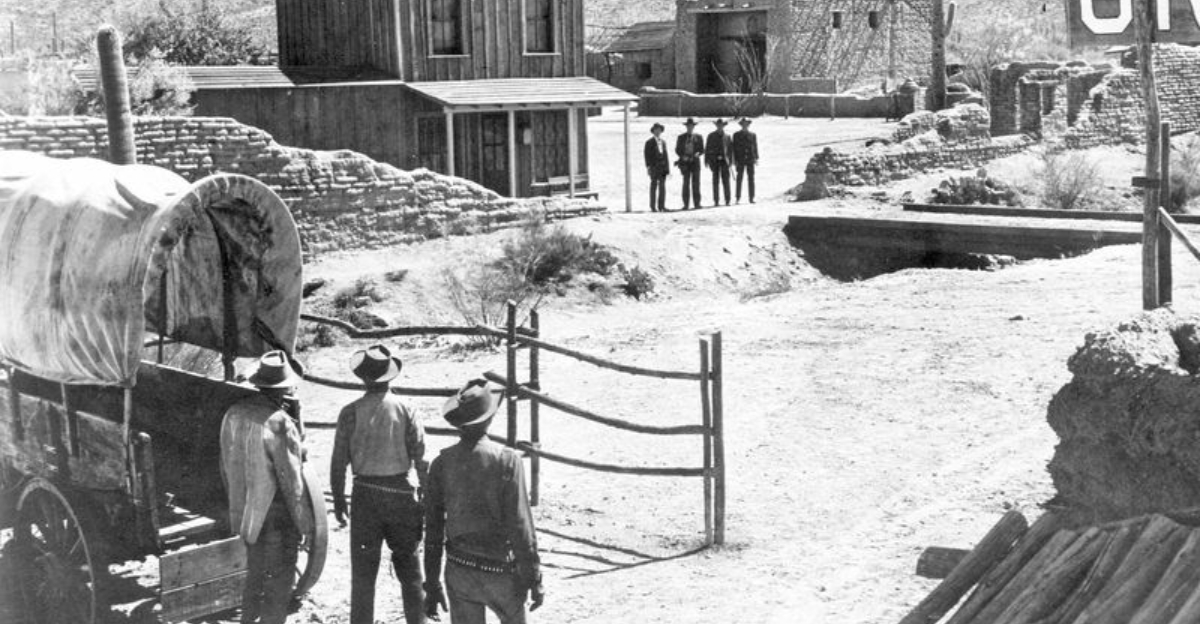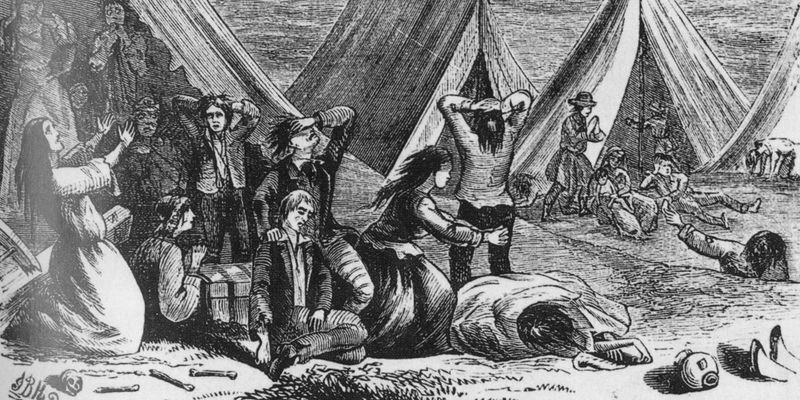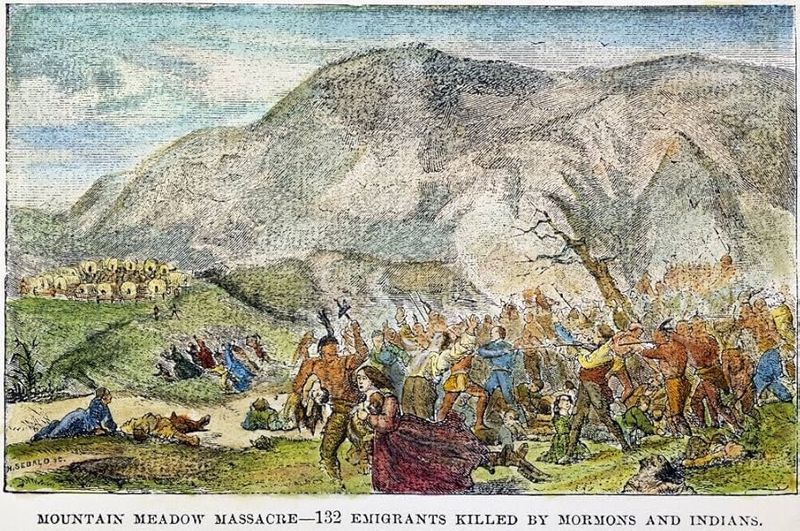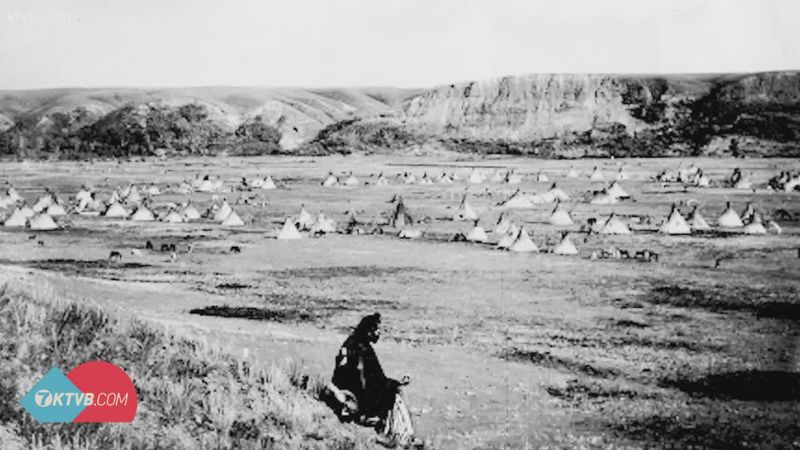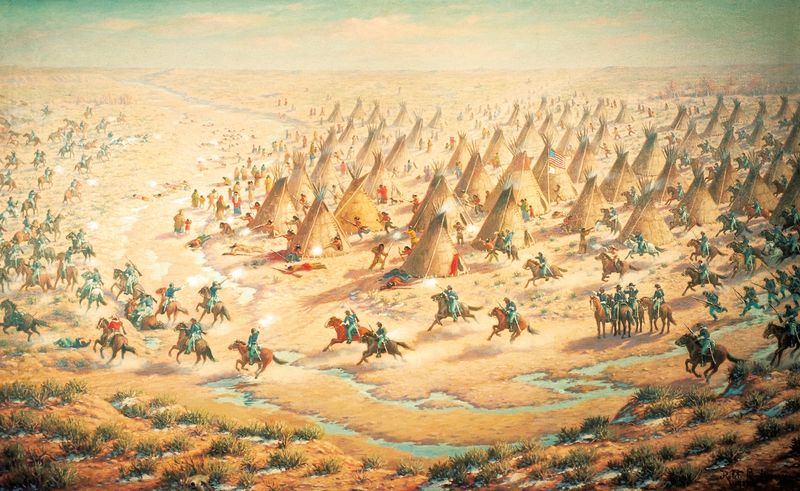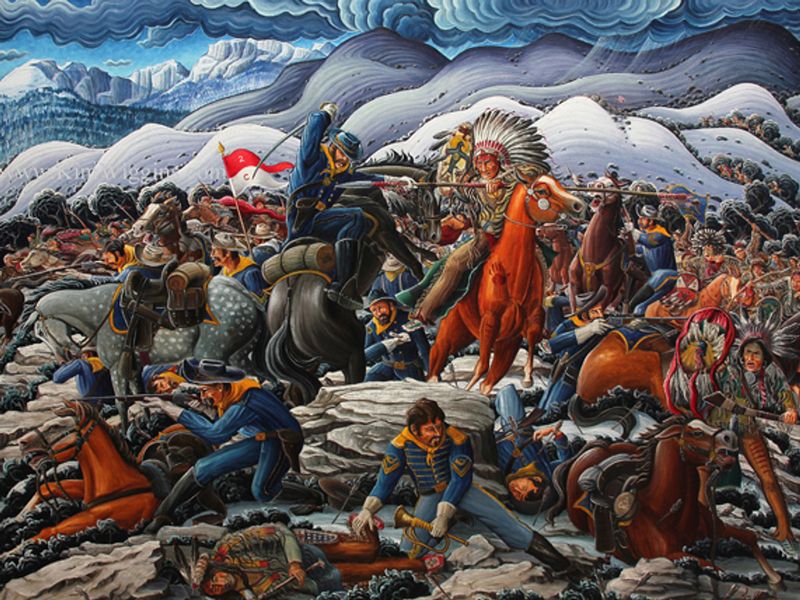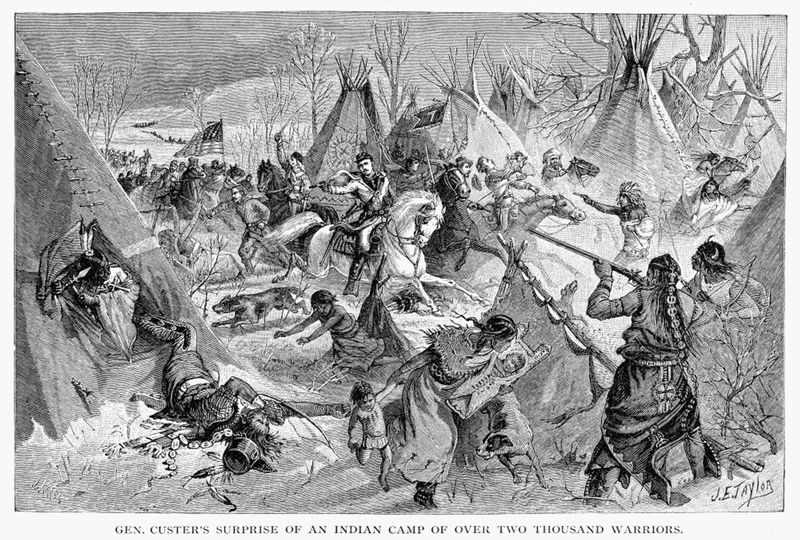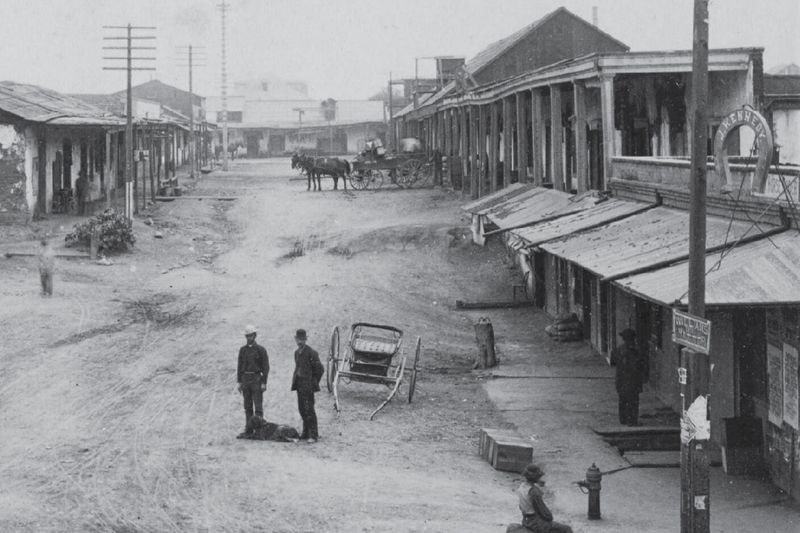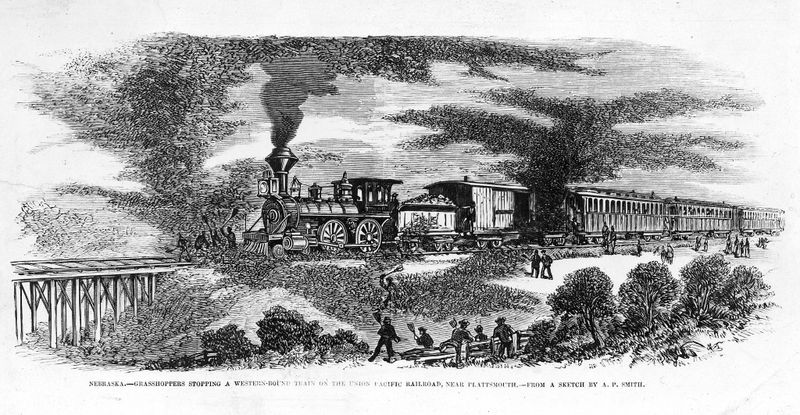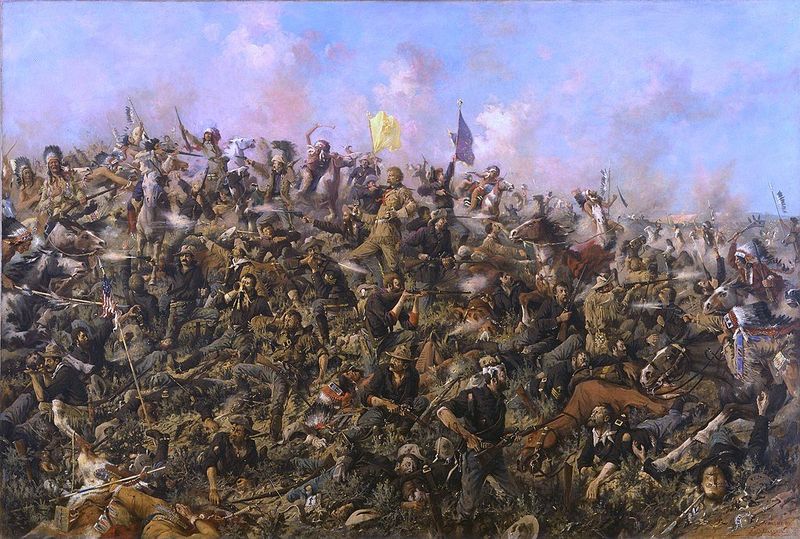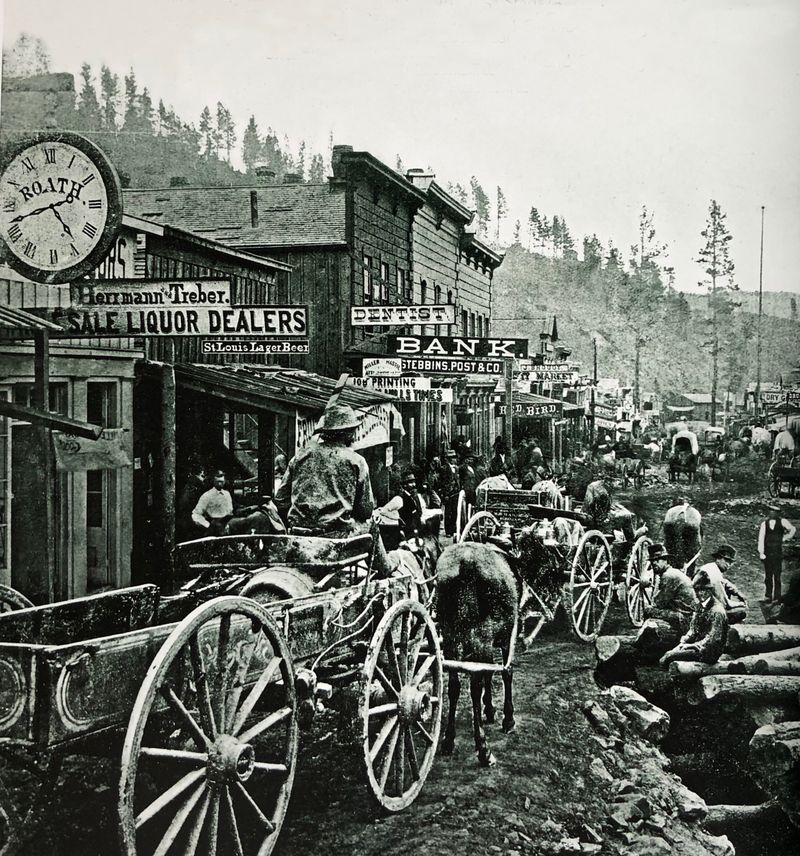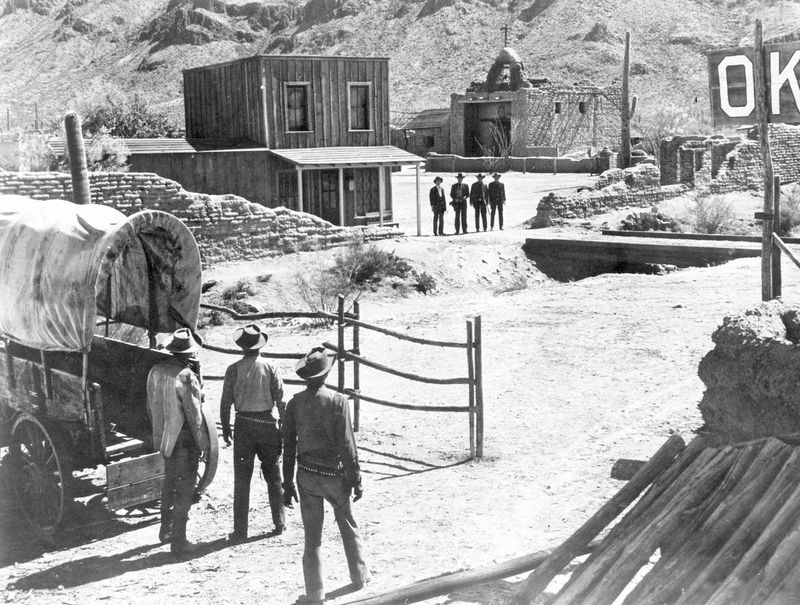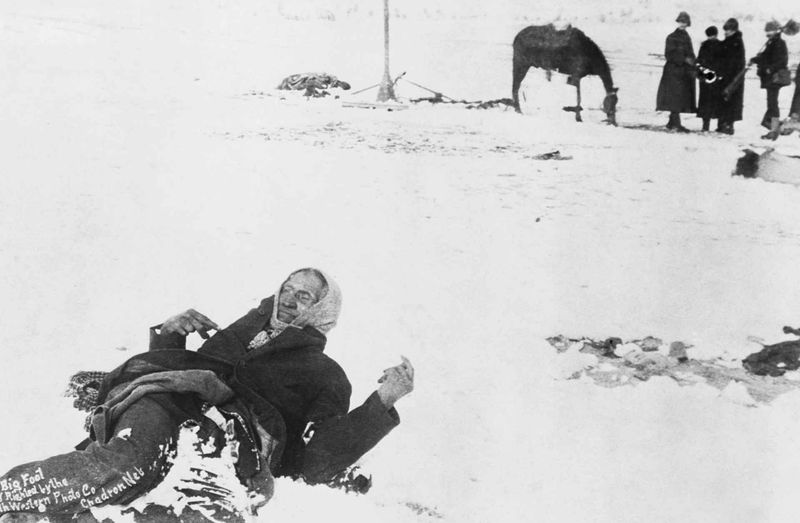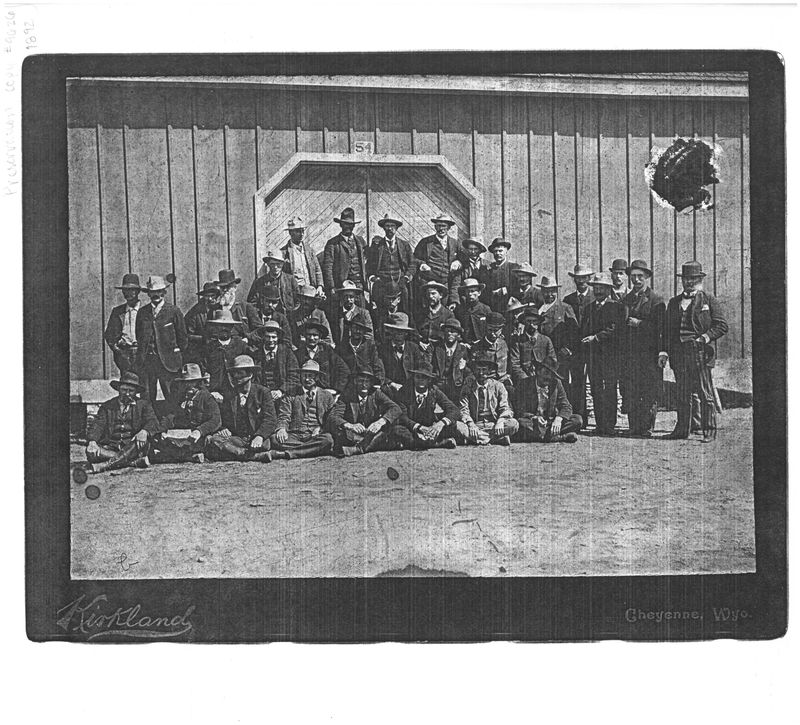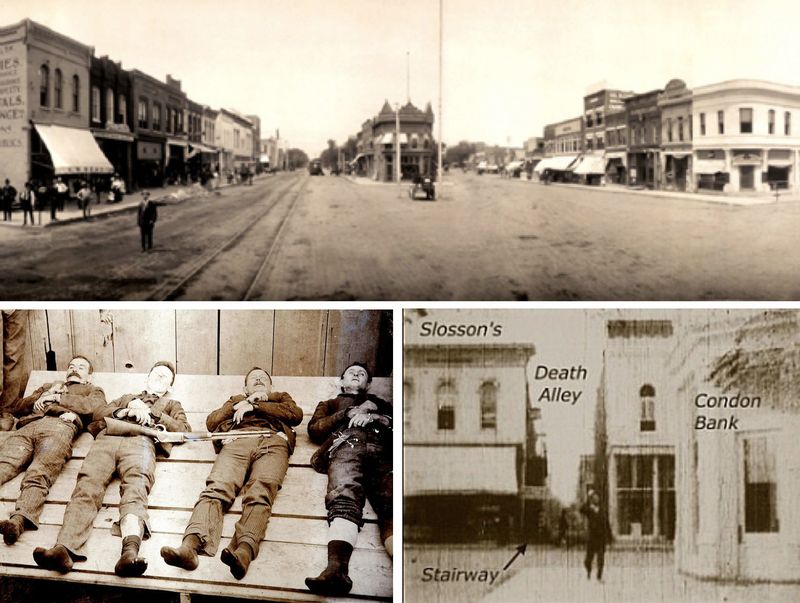The Wild West, a term that evokes images of rugged landscapes, daring cowboys, and epic showdowns, also harbors a darker history. Beneath the tales of gallant gunfights and gold rushes lie somber stories of hardship, conflict, and loss.
This article delves into 15 tragic events that unfolded during the Wild West era, revealing the human cost of frontier expansion. From massacres and natural disasters to infamous shootouts, each narrative sheds light on the challenges and dangers faced by those who dared to venture into this untamed land.
1. 1846–47 Donner Party Tragedy
The journey of the Donner Party is one of desperation and survival. As a group of settlers journeyed to California, they found themselves trapped in the Sierra Nevada by early snowfalls. Hunger gnawed at their spirits, and with food supplies dwindling, the harsh reality of their plight set in. Some resorted to cannibalism to stay alive. Families faced heart-wrenching choices, as nearly half of the 87 emigrants perished. The chilling winds and relentless snow created an unforgiving environment. The story of the Donner Party is a haunting reminder of the perilous trek across the frontier.
2. 1857 Mountain Meadows Massacre
Amidst the rolling hills of southern Utah, a wagon train traveling from Arkansas met a tragic end. In a shocking turn of events, a group composed of Mormon militia and their Paiute allies launched a brutal attack. Over 120 men, women, and children fell victim to the onslaught, marking one of the bloodiest civilian massacres of the Wild West era. The serene landscape bore witness to unimaginable horror. The Mountain Meadows Massacre remains a dark chapter, highlighting the volatile tensions that simmered beneath the surface of frontier life.
3. 1863 Bear River Massacre
The early hours along the Bear River were shattered by chaos as U.S. Army troops launched a devastating attack on a Shoshone encampment. The soldiers, driven by a mission to quell Indigenous resistance, unleashed a torrent of violence that claimed the lives of an estimated 250 to 350 Native Americans, mostly women and children. The riverbanks, once a place of community and culture, became a scene of devastation. This massacre stands as a somber testament to the fraught relationships between settlers and Indigenous peoples during the westward expansion.
4. 1864 Sand Creek Massacre
In the chilly dawn of November 29, 1864, a peaceful Cheyenne and Arapaho village at Sand Creek was abruptly thrust into chaos. Colorado Volunteers, led by Colonel John Chivington, stormed the camp, leaving approximately 230 Native Americans dead, two-thirds of whom were women and children. The village, with its hopes for peace, was reduced to smoke and ruin. This massacre, steeped in brutality, underscores the violent confrontations that erupted during the era, casting a long shadow over the frontier history.
5. 1866 Fetterman Massacre
In the heart of the rugged Wyoming landscape, the Fetterman Massacre unfolded with devastating swiftness. A detachment of 80 U.S. soldiers, led into a trap by Lakota, Cheyenne, and Arapaho warriors, was annihilated with no survivors. The ambush was a testament to the strategic prowess of the Native forces, who sought to defend their lands against encroachment. The stark reality of this massacre revealed the fierce resistance faced by the U.S. military during their attempts to control the expansive frontier.
6. 1868 Battle of Washita River
At dawn on a cold November day in 1868, Lieutenant Colonel George Custer led the 7th Cavalry in a surprise attack on Black Kettle’s Cheyenne village along the Washita River. The assault resulted in the deaths of around 103 Cheyenne, including women and children who were caught in the chaos. The village, once a place of life and community, was left in ruins. This attack is emblematic of the brutal confrontations that marked the Indian Wars and highlights the devastating impact on Indigenous communities.
7. 1871 Chinese Massacre in Los Angeles
The streets of Los Angeles were torn asunder by violence on October 24, 1871, when a mob of around 500 people, comprised of both white and Latino rioters, descended upon the Chinese community. The chaos culminated in the deaths of at least 18 Chinese immigrants, marking it as one of the largest mass lynchings in U.S. history. The clash, fueled by racial tensions, turned a thriving neighborhood into a scene of horror, leaving a scar on the city’s history and spotlighting the perilous existence faced by immigrant communities.
8. 1874 Rocky Mountain Locust Plague
In the summer of 1874, the skies over the plains from Kansas to Utah darkened, heralding the arrival of a disaster. Swarms of Rocky Mountain locusts descended upon the land, consuming crops and leaving devastation in their wake. The relentless insects, millions in number, stripped fields bare, leading to widespread famine and despair among frontier settlers. The farming communities, already battling the hardships of frontier life, faced yet another challenge that tested their resilience. This natural calamity highlights the unpredictable and harsh conditions of life on the western frontier.
9. 1876 Battle of the Little Bighorn
In the shadow of the Montana hills, the infamous Battle of the Little Bighorn unfolded over two fateful days in June 1876. George Armstrong Custer and his 7th Cavalry faced a coalition of Lakota, Northern Cheyenne, and Arapaho warriors. The battle culminated in a catastrophic defeat for the U.S. forces, with 268 soldiers meeting their end. Custer’s last stand became a symbol of resistance against U.S. expansion. The battle’s legacy is a complex tapestry of triumph and tragedy, marking a pivotal moment in the history of the American West.
10. 1878 Lincoln County War
In the arid expanses of New Mexico, the Lincoln County War erupted as a feud among rival cattle barons spiraled into chaos. This conflict, fueled by ambition and greed, involved infamous figures such as Billy the Kid. Dozens lost their lives in the skirmishes that pockmarked the territory. The lawlessness of the frontier was laid bare as justice became a commodity bought and sold. The decade-long strife eventually led to a tenuous peace, but the scars of the conflict remained etched into the landscape and history of the region.
11. 1878 Deadwood Cholera Outbreak
In the vibrant mining town of Deadwood, South Dakota, the air was thick with fear as a cholera outbreak swept through the community. The disease moved swiftly, claiming the lives of over 350 residents in a matter of weeks. The bustling streets, usually alive with the clamor of prospectors and traders, fell eerily silent as panic took hold. This health crisis highlighted the vulnerability of frontier settlements to disease and the challenges of maintaining public health in rapidly growing towns. The outbreak left a lasting mark on the town’s history and its residents’ memories.
12. 1881 Gunfight at the O.K. Corral
The dusty streets of Tombstone, Arizona, set the stage for one of the most infamous shootouts in Wild West history. On October 26, 1881, the Gunfight at the O.K. Corral erupted, lasting a mere 30 seconds but leaving a lasting legacy. Three men were killed, and several others were wounded in the brief but intense exchange of gunfire. This confrontation embodied the lawlessness of frontier justice, where disputes were settled with bullets rather than words. The shootout’s legend has endured, capturing the imagination of those fascinated by the mythos of the Wild West.
13. 1890 Wounded Knee Massacre
In the biting cold of December 29, 1890, the banks of Wounded Knee Creek in South Dakota became the site of a tragic confrontation. U.S. Cavalry troops opened fire on Lakota men, women, and children, resulting in the deaths of over 250 individuals. The massacre marked the final major clash of the Indian Wars, a somber end to a turbulent era. The snow-covered terrain bore silent witness to the tragedy, leaving an indelible mark on the collective memory of both Native and non-Native Americans, symbolizing the end of the traditional way of life for many Indigenous peoples.
14. 1892 Johnson County War
The vast, open spaces of Wyoming became a battleground during the Johnson County War, a violent conflict ignited by competing interests. Wealthy cattle barons hired mercenaries to eliminate alleged rustlers, leading to a week-long siege that left several dead. This war reflected the tensions between the powerful and the powerless, with local settlers caught in the crossfire. The widespread unrest among civilians highlighted the volatile nature of frontier justice. The conflict underscored the deep divides in the community and the lengths to which individuals would go to secure their interests.
15. 1892 Dalton Gang Coffeyville Raid
In the quiet town of Coffeyville, Kansas, the Dalton Gang’s audacious attempt at a simultaneous dual-bank robbery ended in disaster. On October 5, 1892, the meticulously planned heist quickly unraveled as townspeople responded with unexpected bravery. In the ensuing chaos, 10 gang members and four townspeople lost their lives. The failed raid highlighted the courage of ordinary citizens standing against lawlessness and the perils of a life of crime. The Dalton Gang’s ambition was met with a tragic end, leaving a legacy of cautionary tales about the relentless pursuit of outlaw fame.
